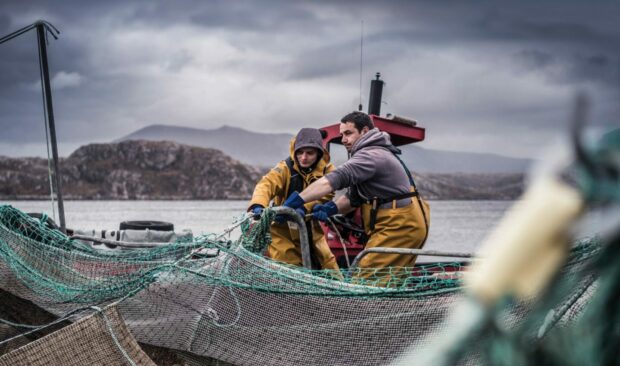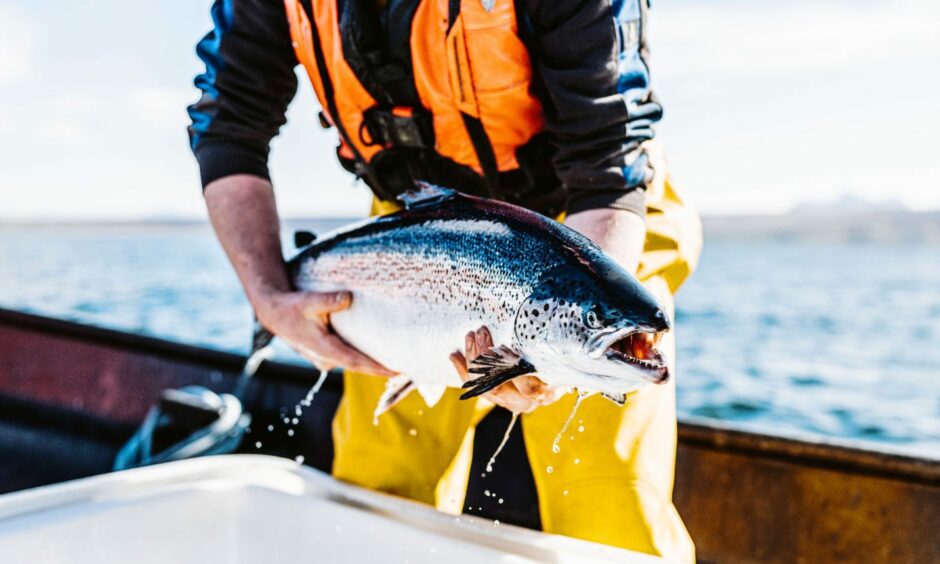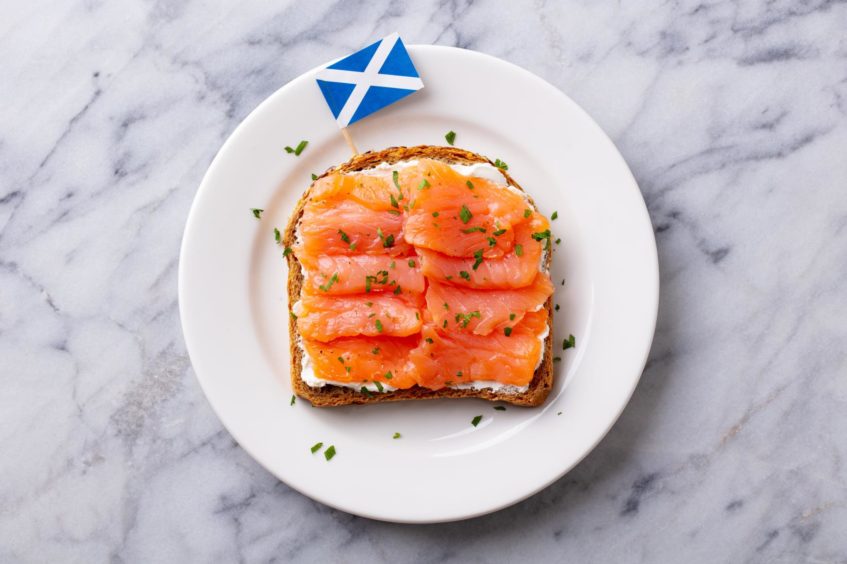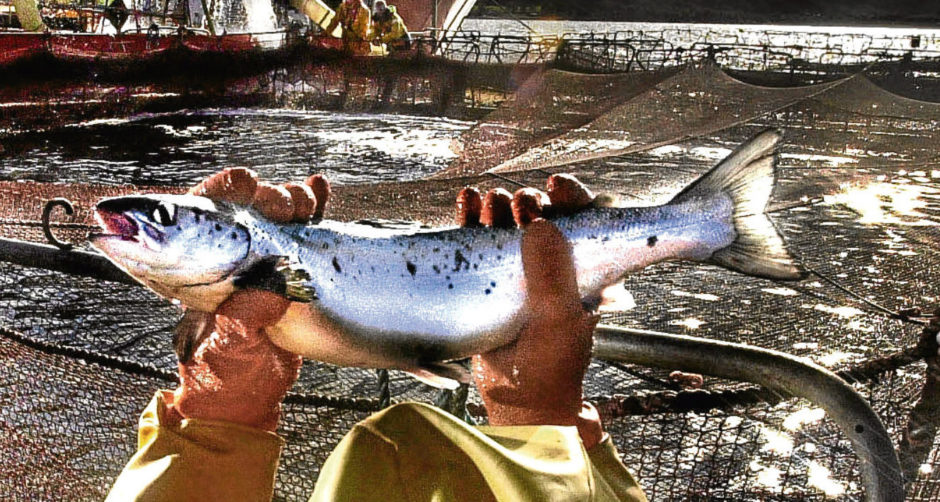A new Scottish Aquaculture Council has met for the first time after an incendiary report earlier this year heavily criticised the sector.
The new council will play a “crucial role” in shaping the future of rural communities for the next 50 years, insists the trade body for the country’s salmon.
Salmon Scotland says it agrees with the findings of an independent review for the government that the current regulatory regime is “not fit for purpose” and must be streamlined.
The new Scottish Aquaculture Council chaired by Rural Affairs Secretary Mairi Gougeon, will advise ministers in Holyrood to help deliver the government’s commitments spanning regulatory efficiency, environmental protection and community benefits.
This includes delivering on the next stages of the regulatory review in response to Professor Russel Griggs’ independent report published earlier this year.
‘Mistrust and vitriol’ from stakeholders
Speaking last month at the Aquaculture UK exhibition in Aviemore Ms Gougeon said she “broadly accepted” proposals by Professor Griggs in his report on the sector, which previously launched a volley of withering criticism citing “mistrust and vitriol” from stakeholders.
The minister appeared to acknowledge underlying tensions between the various industry, environmental and political stakeholders, noting she was “determined to reset relationships,” adding: “That will require leadership from all those involved.”
Farm-raised Scottish salmon directly employs 2,500 people in coastal areas of Scotland and supports more than 3,600 suppliers, with 10,000 jobs dependent on the sector notes the trade body.
Scottish salmon is the UK’s biggest fresh food export, with overseas sales increasing to £614 million in 2021, while sales in UK shops soared to £1.1bn last year as consumers increased their consumption of the fish.
Norway salmon sector outpacing Scotland’s
But while Scottish salmon farming is growing at about 1.4% per year, Norway’s sector is already increasing at three times that rate.
Norway has a single “one stop shop” for licensing and community benefit while Scotland’s regime means more than £20m per year is due to be paid by salmon farmers to various regulators and quangos.
Salmon Scotland chief executive Tavish Scott said: “Professor Griggs published his review in February, which sets out a detailed routemap to better regulation that works for salmon farmers, local communities, government and society.
“The task of the ministerial-led meeting is to deliver that new framework and do so within 12 months as Professor Griggs recommends.
“The sector today, employing more than 10,000 people across the supply chain, is light years from the cottage industry that emerged on the west coast more than 50 years ago.
“The council will play a crucial role in shaping that long-term vision for the next 50 years and develop a sustainable aquaculture sector that continues to grow responsibly and support coastal jobs and livelihoods in some of our most fragile, rural communities.”
For her part Ms Gougeon added: “Today is a significant step towards a stronger and more sustainable future for Scotland’s aquaculture industry.”
“Aquaculture is a significant employer in Scotland’s rural and coastal communities and its wider UK and global supply chain. It provides well-paid jobs and produces healthy, quality food that is enjoyed worldwide.
“The sector can only truly be a sustainable success story if we work together to address and mitigate any impacts on the natural environment, while providing positive outcomes for Scotland’s communities.
“The Scottish Aquaculture Council will help ensure Scotland’s aquaculture industry is diverse, competitive and economically viable – achieving its full potential and protecting a thriving marine ecosystem for future generations.”




Conversation